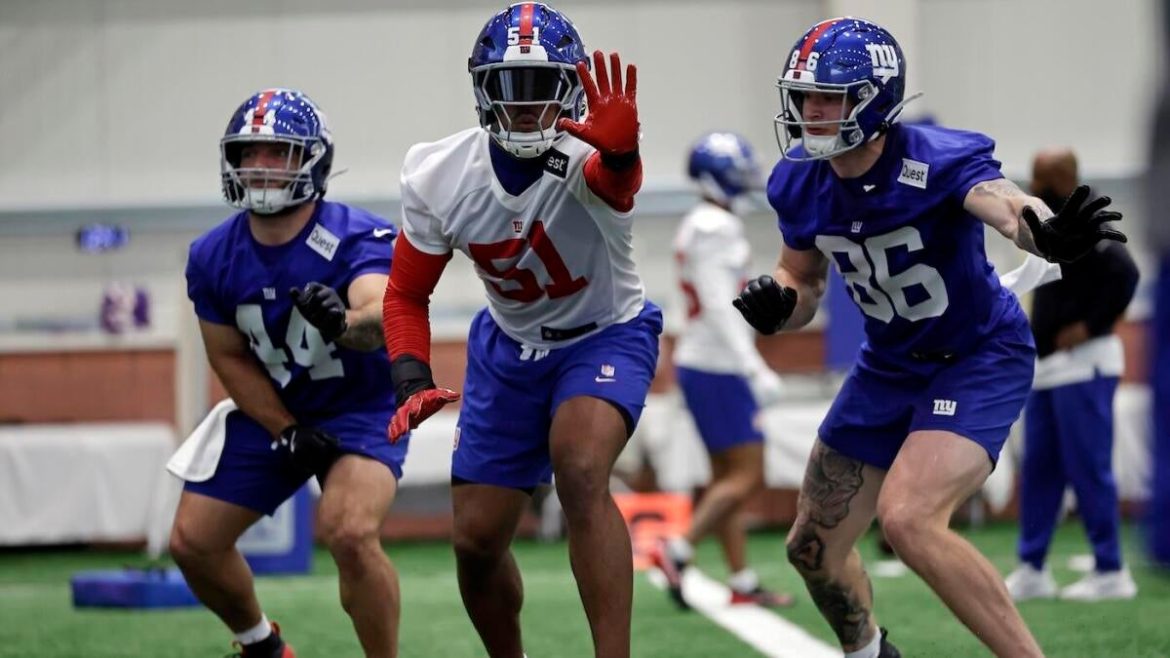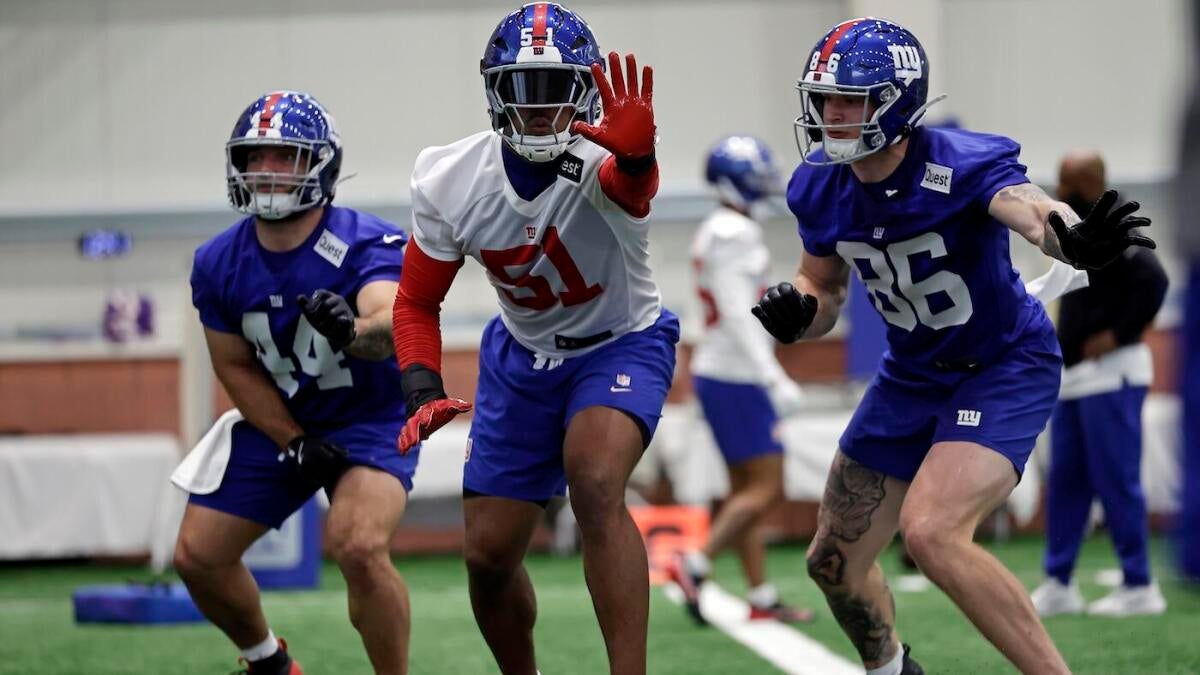New York Giants’ Strategic Salary Cap Maneuvering: Restructuring Brian Burns’s Contract to Sign Abdul Carter
The New York Giants have made significant front-office moves involving two key defensive players: outside linebacker Brian Burns and rookie edge rusher Abdul Carter. These steps demonstrate the intricate financial balancing act NFL teams often perform to remain competitive while adhering to strict salary cap limits. The following analysis delves deeply into these transactions, explaining their mechanics, implications, and what they mean for the Giants’ defensive future.
—
The Context: Giants’ Cap Space Challenges
Entering the spring of 2025, the Giants were under enormous salary cap pressure. Reports highlighted that prior to recent adjustments, the team had barely over $1.5 million in cap space available, dangerously low when trying to sign both imperative veteran talent and promising rookies from the 2025 draft class.
Two major contracts were at the center of this crunch:
– Brian Burns – A highly-paid edge rusher with a recently signed, massive five-year, $141 million contract.
– Abdul Carter – The Giants’ 3rd overall pick in the 2025 NFL Draft, a highly touted edge rusher viewed as a cornerstone for the franchise’s pass rush future.
To maintain a competitive roster while securing the young talent, the Giants needed to creatively restructure to stay compliant with the salary cap.
—
Restructuring Brian Burns’s Contract: The Mechanics
Brian Burns, acquired via trade from the Carolina Panthers, initially carried the largest cap hit on the Giants’ payroll. His contract was a five-year deal worth up to $150 million, including substantial guaranteed money. This contract’s base salary structure was front-loaded, creating substantial cap hits early in the term.
To alleviate cap constraints, the Giants converted a significant portion of Burns’s base salary into a signing bonus. Various reports provide slight discrepancies about exact amounts, but the consensus is that between $10 million and $16 million of Burns’s base salary was converted to a signing bonus.
How Does This Help?
– Reduced Immediate Cap Hit: Converting base salary to a signing bonus allows the team to prorate that bonus over the remaining years of the contract. Instead of burning $10-16 million against the cap in one year, the cap charge spreads over multiple years.
– Immediate Cap Space Creation: This conversion freed up roughly $12 million of cap room in the short term, critical for signing Abdul Carter’s rookie deal.
– Maintaining Burns’s Presence: This restructuring ensured Brian Burns remains a Giant while easing cap pressure, rather than necessitating trade discussions or release.
—
Signing Abdul Carter: Locking in the Rookie Edge Rusher
With the cap space freed by Burns’s restructuring, the Giants promptly signed Abdul Carter to a fully guaranteed four-year contract reportedly worth just over $45 million, including a signing bonus of approximately $29.5 million. When prorated, this generates a roughly $7.3 million average annual cap hit.
Why This Matters
– Securing Youth and Potential: Carter is viewed as a foundational piece for the Giants’ pass rush moving forward, complementing veteran Burns.
– Balanced Cap Management: The Giants avoided compromising future flexibility by signing Carter to a standard rookie contract while managing the cap impact this created.
– Defensive Line Continuity: With Burns and Carter on the roster, the Giants’ edge rushing remains a strength, essential for applying pressure on opposing quarterbacks.
—
Wider Implications for the Giants’ Defense
These transactions highlight several important dynamics within the Giants’ long-term plans.
1. Pass Rush as a Team Identity
The Giants are doubling down on pass rush with two premier edge rushers signed to significant contracts. Their approach suggests a commitment to disrupting opposing quarterbacks, a cornerstone of modern defensive strategy.
2. Managing Cap While Building a Roster
The league-wide salary cap forces teams to be clever in contracts. The Giants’ approach exemplifies sophisticated cap engineering: restructuring veteran contracts while securing rookie talent without sacrificing competitiveness.
3. Trade Considerations
Prior rumors and reports hinted the Giants might move Burns to alleviate cap space after Carter’s selection. Instead, the team chose to restructure Burns’s contract, signaling strong confidence in keeping both players.
—
Conclusion: A Delicate Dance of Talent and Finance
The New York Giants’ recent moves to restructure Brian Burns’s contract and sign Abdul Carter illustrate the complex interplay between talent acquisition and financial management in the NFL’s salary cap era. By converting a sizable chunk of Burns’s salary into a signing bonus, the Giants created crucial cap space to ink their top draft pick. This creates a formidable front on defense, pairing a proven veteran with a highly promising rookie to exert relentless pressure on opposing quarterbacks.
This strategy keeps the Giants both competitive today and positioned for sustained success tomorrow, as they navigate the ever-present challenge of cap constraints without sacrificing key talent. The Burns-Carter duo could become a defining feature of New York’s defense in the seasons ahead, embodying savvy management intertwined with on-field potential.





